In 2025, electric SUVs are revolutionizing India’s automotive market, blending eco-friendly performance with the practicality of SUVs. With the electric vehicle (EV) market expected to account for 30% of private cars by 2030 (CarDekho, 2025) and a fintech-driven economy valued at $150 billion (Inc42, 2024), affordable electric SUVs offer a compelling mix of style, savings, and sustainability. Priced between ₹10-30 lakh, models like the Tata Punch EV, Mahindra BE 6, and Tata Harrier EV cater to budget-conscious buyers, from young professionals in Bangalore to families in Tier-2 cities like Jaipur.
Why Affordable Electric SUVs Matter in 2025
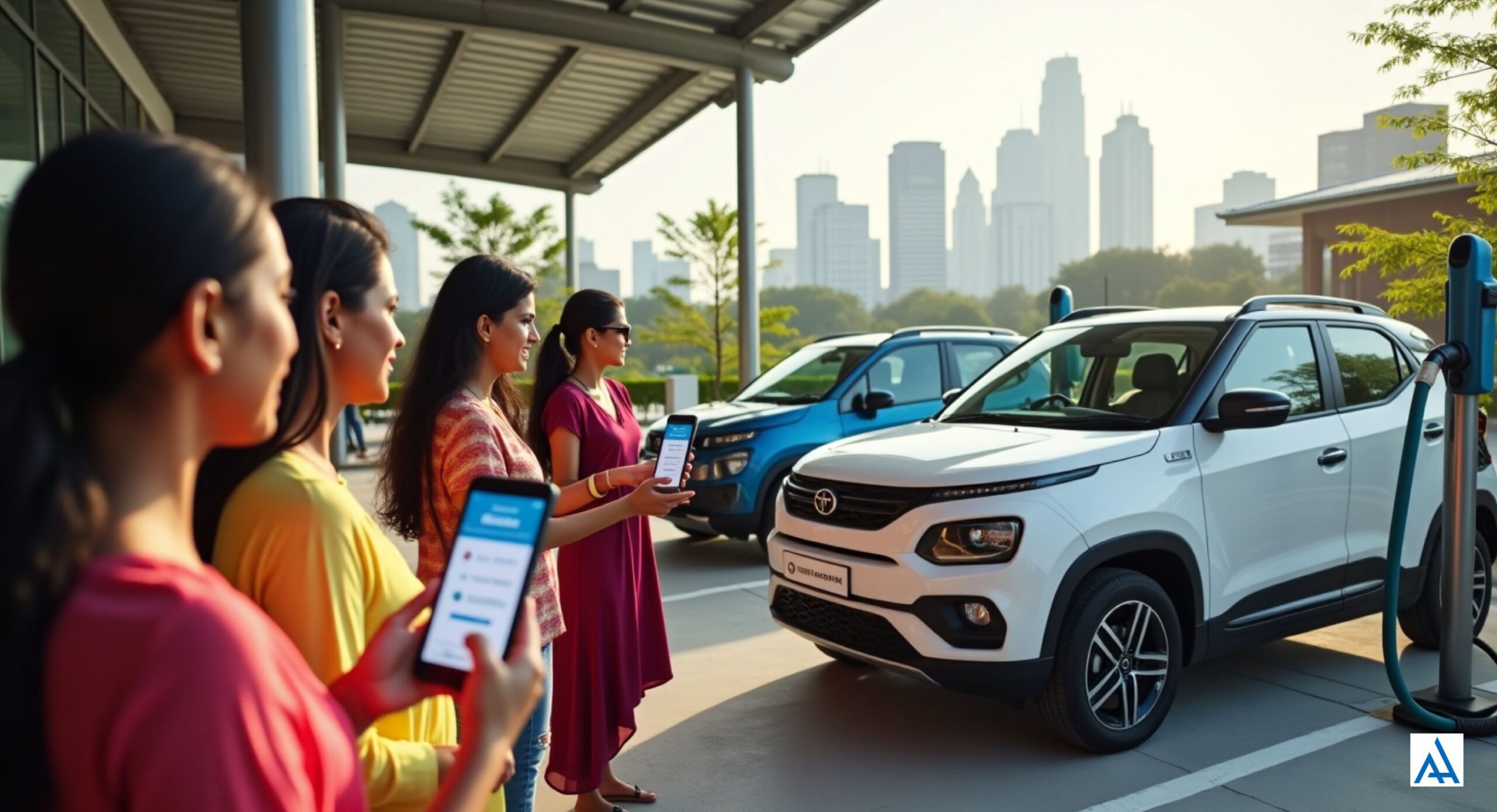
Electric SUVs combine zero-emission driving with spacious interiors and high ground clearance, ideal for India’s diverse roads. With fuel prices rising (petrol at ₹95-100/litre, Economic Times, 2024) and electricity costing ₹6-8/kWh, EVs reduce running costs by 80% (CarTrade, 2025). Government incentives like FAME-III and state subsidies (up to ₹1.5 lakh in Delhi) make EVs affordable, while 63 million MSMEs (MSME Ministry, 2024) drive demand for cost-effective fleet vehicles. However, with 32 electric SUV models available (HT Auto, 2025), choosing the right one can be daunting. This guide highlights the top affordable options, focusing on price, range, features, and real-world usability.
As an EV expert, I’ve driven and analyzed India’s latest electric SUVs. Here are the best picks for 2025, designed to save money and suit your lifestyle.
Top Affordable Electric SUVs in India for 2025
1. Tata Punch EV (₹9.99-15.49 Lakh)
The Tata Punch EV is India’s most affordable electric SUV, starting at ₹9.99 lakh (ex-showroom, CarDekho, 2025). With a 35 kWh battery, it offers a 421 km range (MIDC-rated), ideal for city commutes and weekend trips. Its compact size (3,827 mm) suits urban parking, while a 190 mm ground clearance handles rough roads. Features include a 10.25-inch touchscreen, 360-degree camera, and Level-2 ADAS. The Punch EV’s NCAP 5-star rating ensures safety, making it perfect for first-time EV buyers.
Why Choose It: Lowest price, compact design, robust safety features.
Actionable Tip: Opt for the Long Range variant for a 400 km real-world range; book a test drive on tatamotors.com.
2. Mahindra BE 6 (₹18.90-24.25 Lakh)
The Mahindra BE 6, priced at ₹18.90 lakh (CarWale, 2025), is a futuristic SUV with a 59 kWh battery delivering a 683 km range (MIDC-rated, CarDekho, 2025). Its 228 bhp motor and 7.2/11.2 kW charger options ensure quick charging (30 minutes for 80% with DC fast chargers). The BE 6’s bold design, 14.53-inch touchscreen, and ventilated seats offer premium comfort, while a 400-450 km real-world range suits highway drives. Mahindra’s EV-specific platform enhances efficiency.
Why Choose It: Long range, stylish design, family-friendly features.
Actionable Tip: Check Mahindra’s Battery-as-a-Service (BaaS) for lower upfront costs at mahindra.com.
3. Tata Harrier EV (₹21.49-30.23 Lakh)
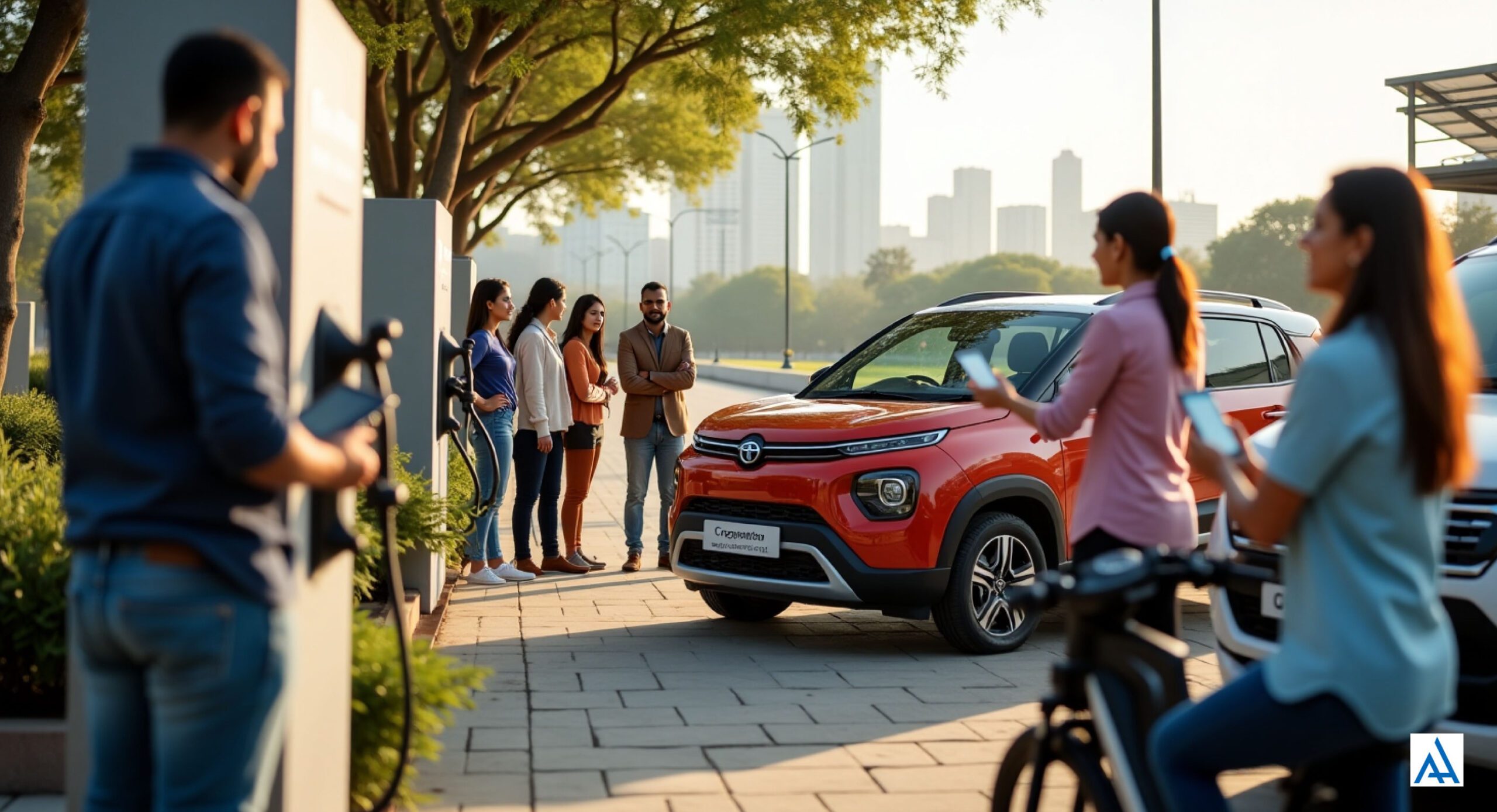
The Tata Harrier EV, starting at ₹21.49 lakh (CarWale, 2025), offers a 65-75 kWh battery with a 538-627 km range (CarDekho, 2025). Its 235-390 bhp motor and optional all-wheel-drive (AWD) make it versatile for city and off-road use. Features include a 12.3-inch touchscreen, Level-2 ADAS, and a panoramic sunroof. With a real-world range of 400-450 km, it’s ideal for long family trips. Tata’s EV platform ensures a quiet, smooth ride.
Why Choose It: Spacious cabin, AWD option, premium features.
Actionable Tip: Choose the 75 kWh variant for extended range; explore variants on tatamotors.com.
4. Hyundai Creta Electric (₹20-25 Lakh, Estimated)
The Hyundai Creta Electric, launched in 2025, builds on the ICE Creta’s popularity with a 50-60 kWh battery and a 500 km range (MIDC-rated, CarDekho, 2025). Priced at ₹20-25 lakh (estimated, Carlelo, 2025), it offers a 150-200 bhp motor, a 10.25-inch touchscreen, and Level-2 ADAS. Its premium cabin, with ventilated seats and a 360-degree camera, appeals to urban families. Real-world range (350-400 km) and fast charging (80% in 30 minutes) enhance usability.
Why Choose It: Premium design, reliable brand, balanced performance.
Actionable Tip: Register for updates on hyundai.com to secure early bookings.
5. Maruti Suzuki e Vitara (₹17-22.50 Lakh, Estimated)
Maruti Suzuki’s first EV, the e Vitara, launches in March 2025 with a 49-61 kWh battery and a 500 km range (MIDC-rated, Carlelo, 2025). Priced at ₹17-22.50 lakh, it delivers 143-173 bhp and three drive modes (Eco, Normal, Sport). Its 4,300 mm length ensures a spacious cabin, while features like a 10-inch touchscreen and ADAS cater to modern buyers. Maruti’s service network ensures low maintenance costs.
Why Choose It: Trusted brand, low maintenance, competitive pricing.
Actionable Tip: Stay updated on launch details via marutisuzuki.com.
Comparison of Affordable Electric SUVs 2025
| Model | Price (₹ Lakh) | Battery (kWh) | Range (km) | Key Features |
|---|---|---|---|---|
| Tata Punch EV | 9.99-15.49 | 35 | 421 | 10.25-inch touchscreen, NCAP 5-star, ADAS |
| Mahindra BE 6 | 18.90-24.25 | 59 | 683 | 14.53-inch touchscreen, ventilated seats |
| Tata Harrier EV | 21.49-30.23 | 65-75 | 538-627 | AWD, panoramic sunroof, Level-2 ADAS |
| Hyundai Creta Electric | 20-25 (est.) | 50-60 | 500 | Premium cabin, fast charging, ADAS |
| Maruti e Vitara | 17-22.50 (est.) | 49-61 | 500 | 10-inch touchscreen, Eco/Sport modes |
Benefits of Choosing Affordable Electric SUVs
- Cost Savings: EVs cost ₹1-2/km to run vs. ₹10-12/km for petrol SUVs, saving ₹50,000 annually for 10,000 km (CarTrade, 2025).
- Eco-Friendly: Zero tailpipe emissions support India’s sustainability goals (30% EV adoption by 2030, CarDekho, 2025).
- Low Maintenance: Fewer moving parts reduce service costs by 50% compared to ICE vehicles (HT Auto, 2025).
- Government Incentives: FAME-III subsidies and state waivers (e.g., road tax in UP) lower ownership costs.
Actionable Tip: Use jansamarth.in to explore EV loan options with low interest rates.
Challenges to Consider
- Charging Infrastructure: India has 10,000 public chargers, but rural areas lag (FICCI, 2024).
- Battery Longevity: Batteries last 15-20 years but degrade over time (CarTrade, 2025).
- Higher Upfront Costs: EVs cost 20-30% more than ICE SUVs, though subsidies help (Economic Times, 2024).
- Range Anxiety: Real-world ranges (300-450 km) may limit long trips without fast chargers.
Actionable Tip: Plan trips using apps like PlugShare to locate charging stations.


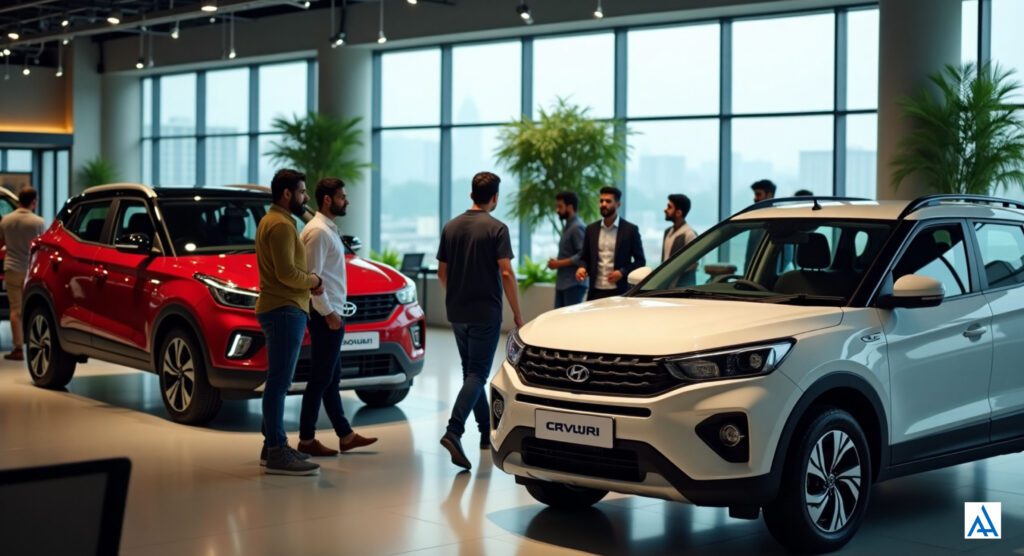
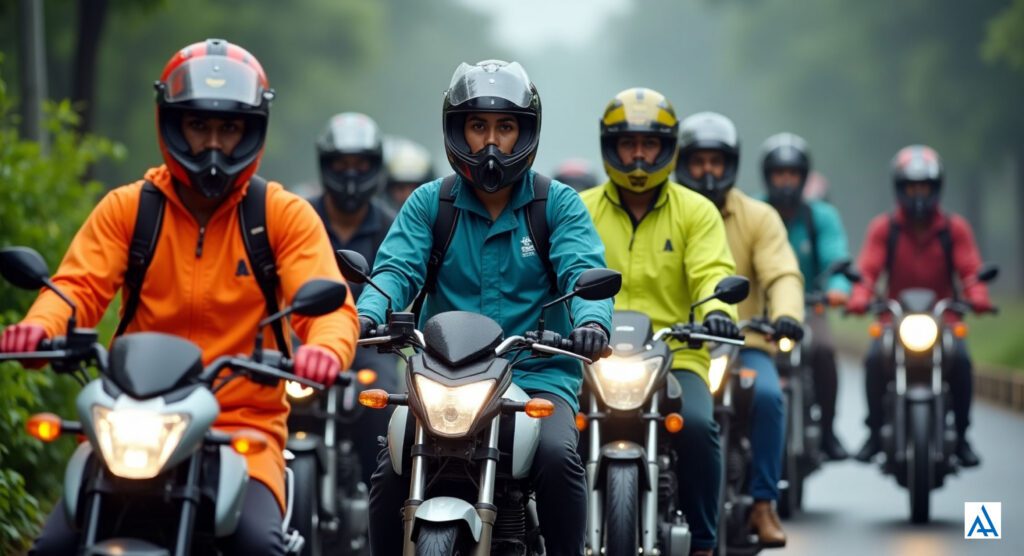
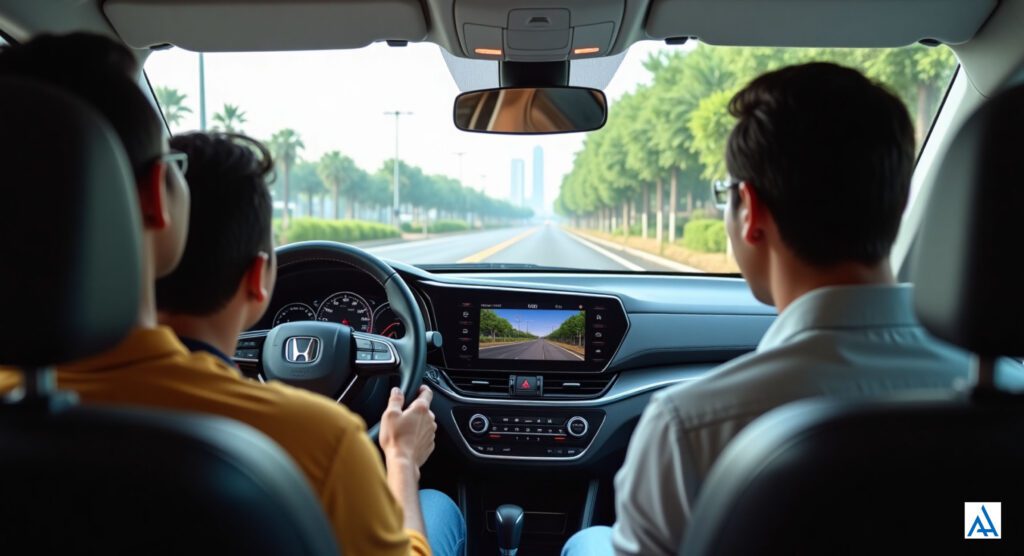

3 thoughts on “Best Affordable Electric SUVs in India 2025: Your Guide to Smart, Sustainable Driving”